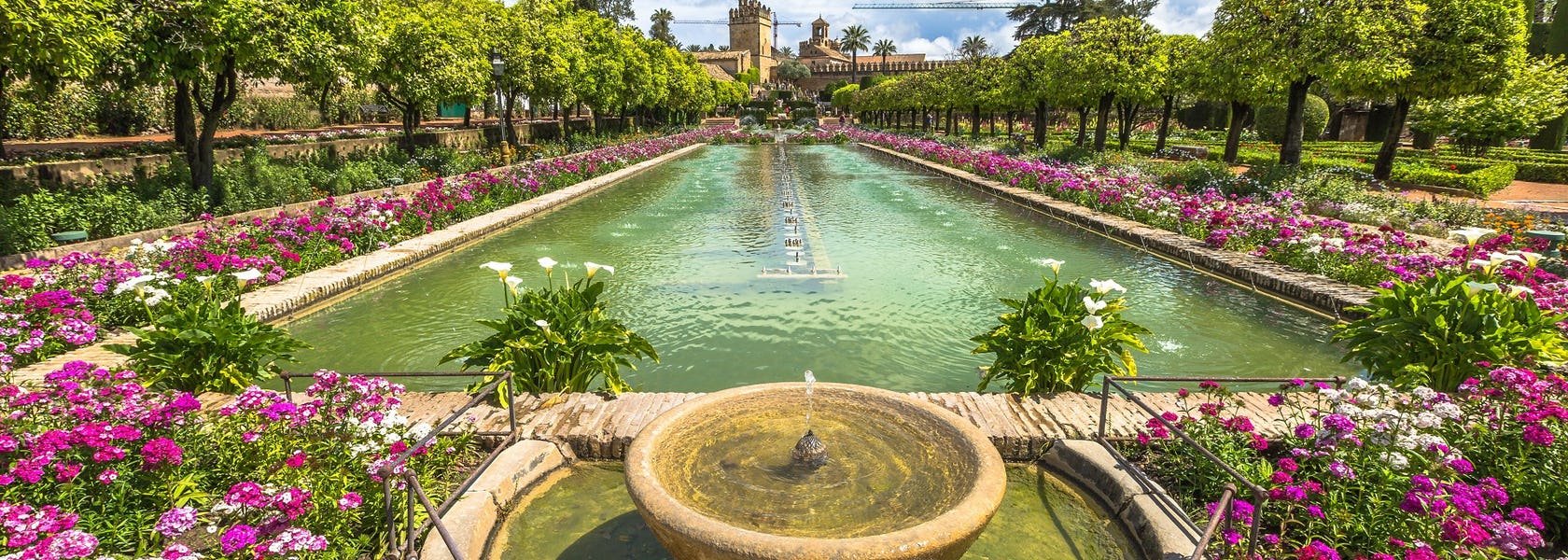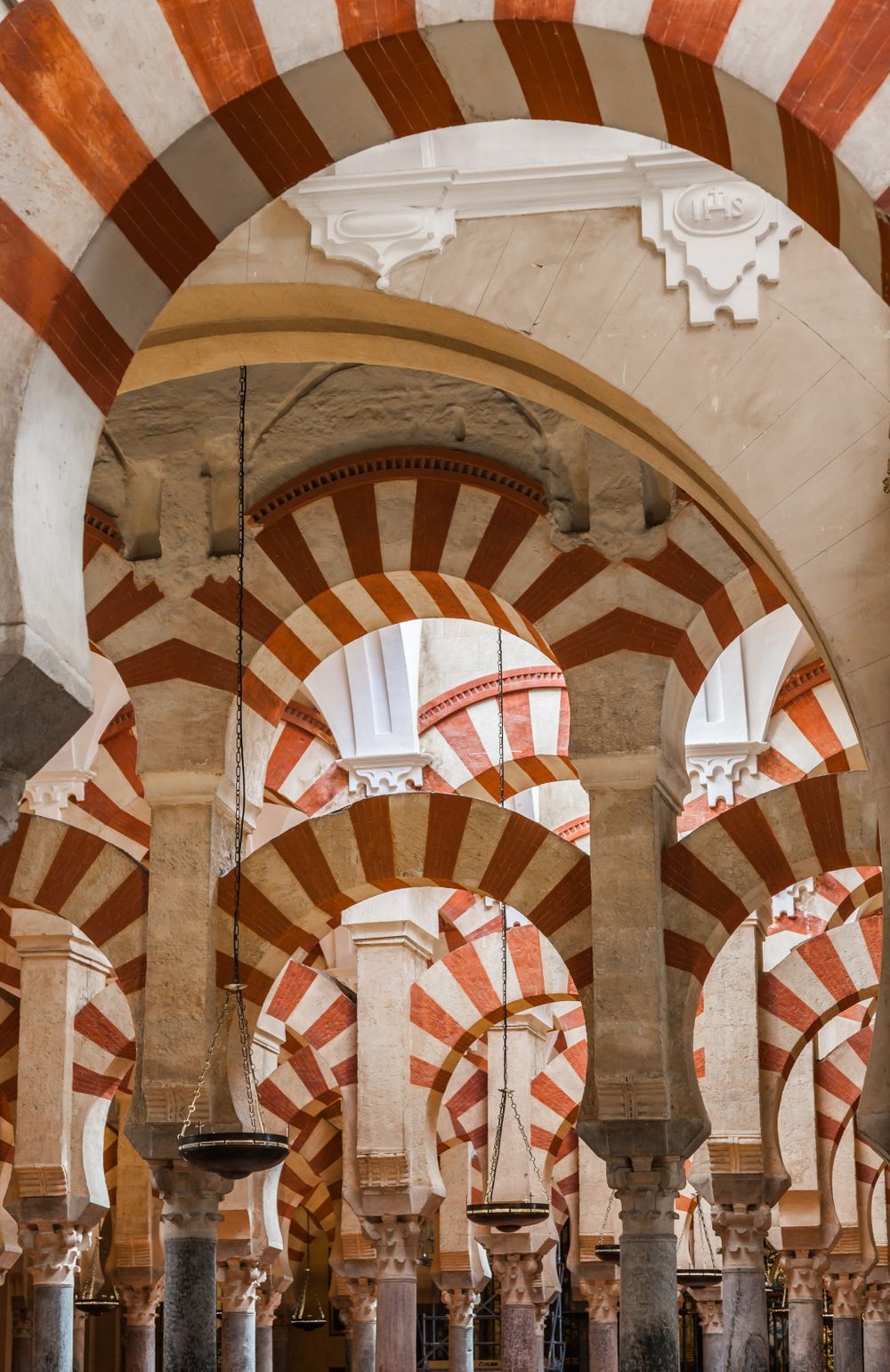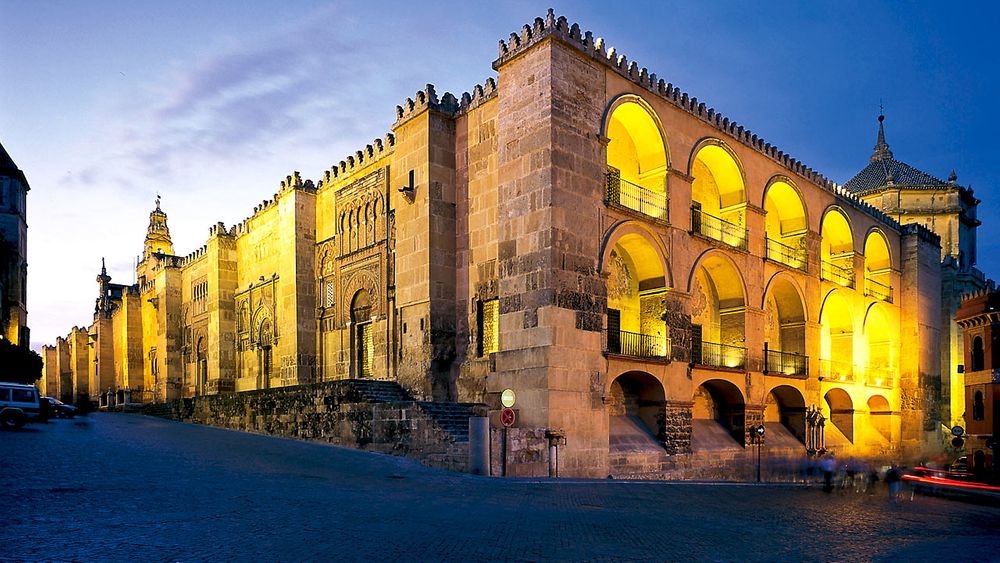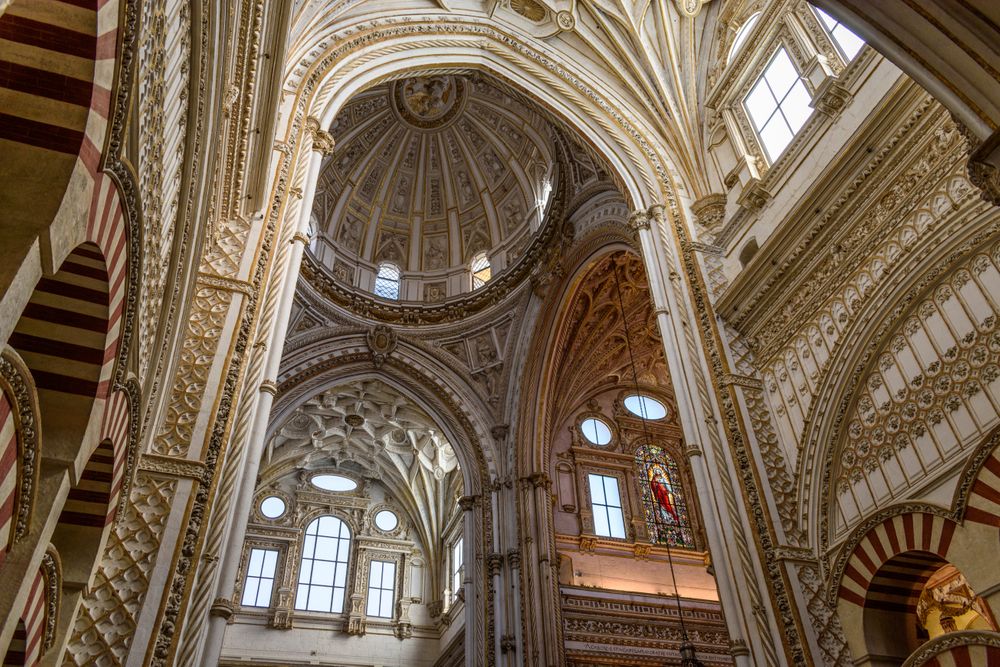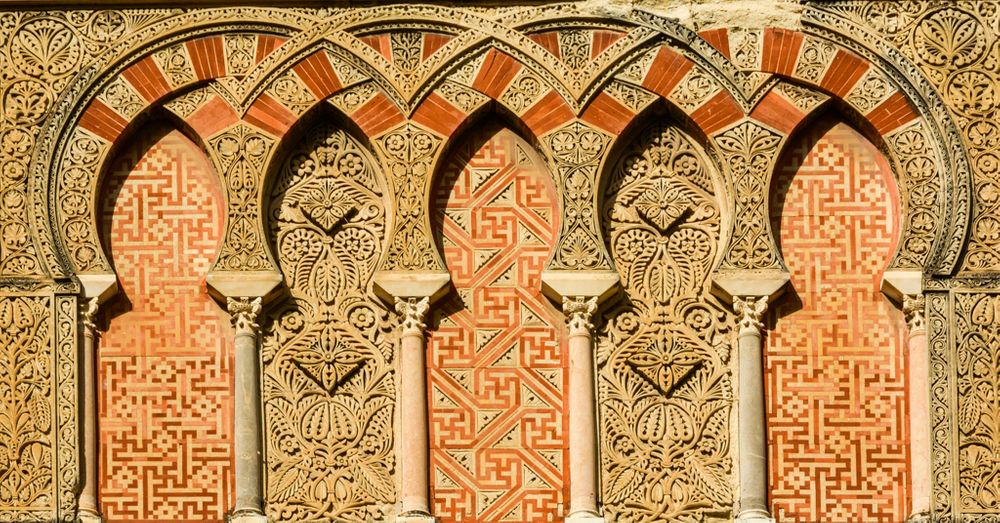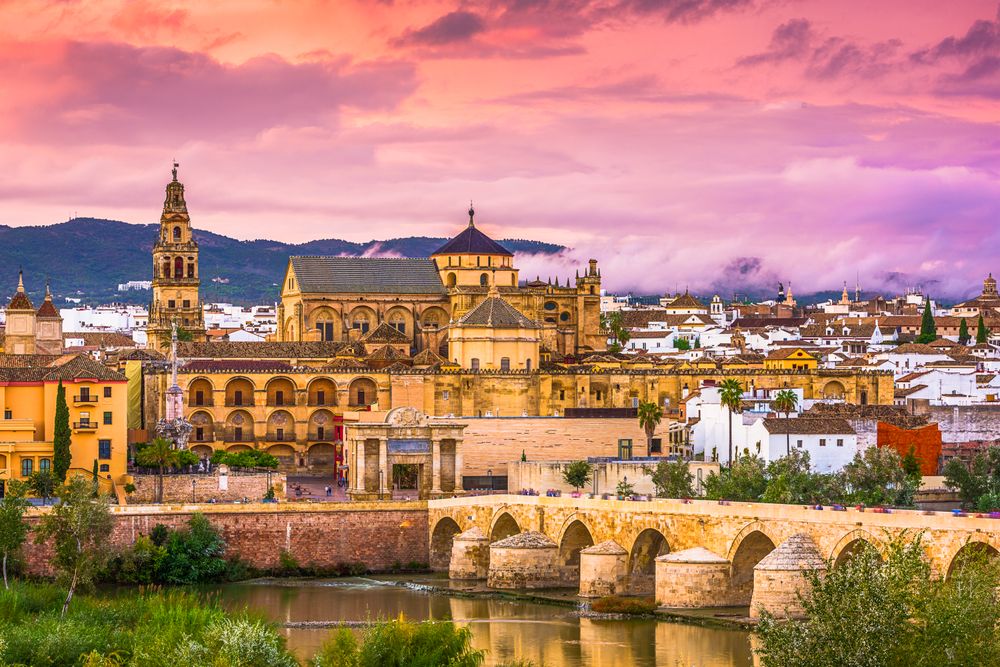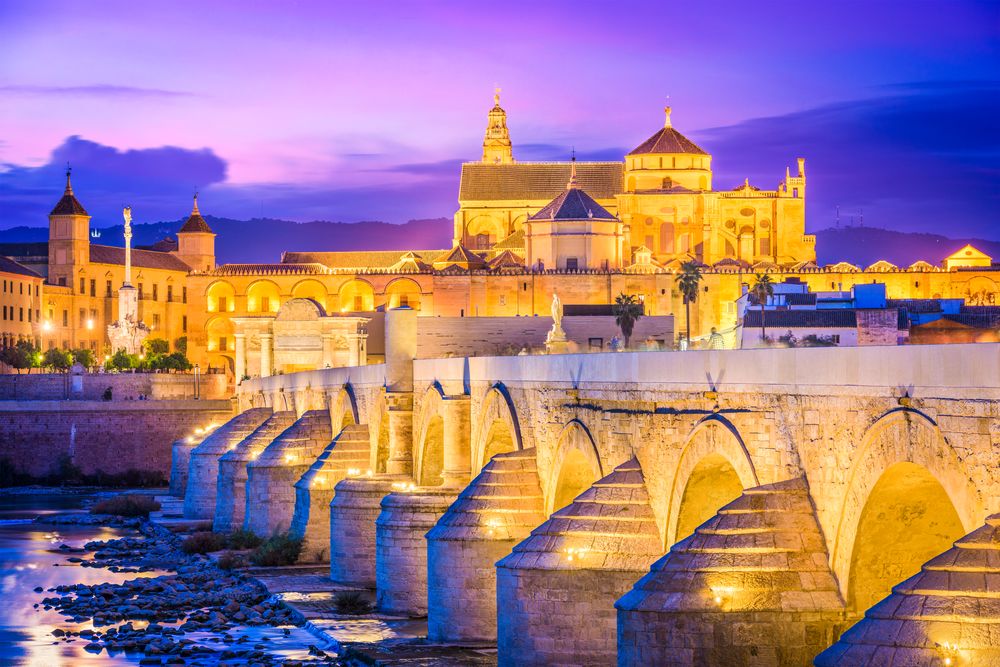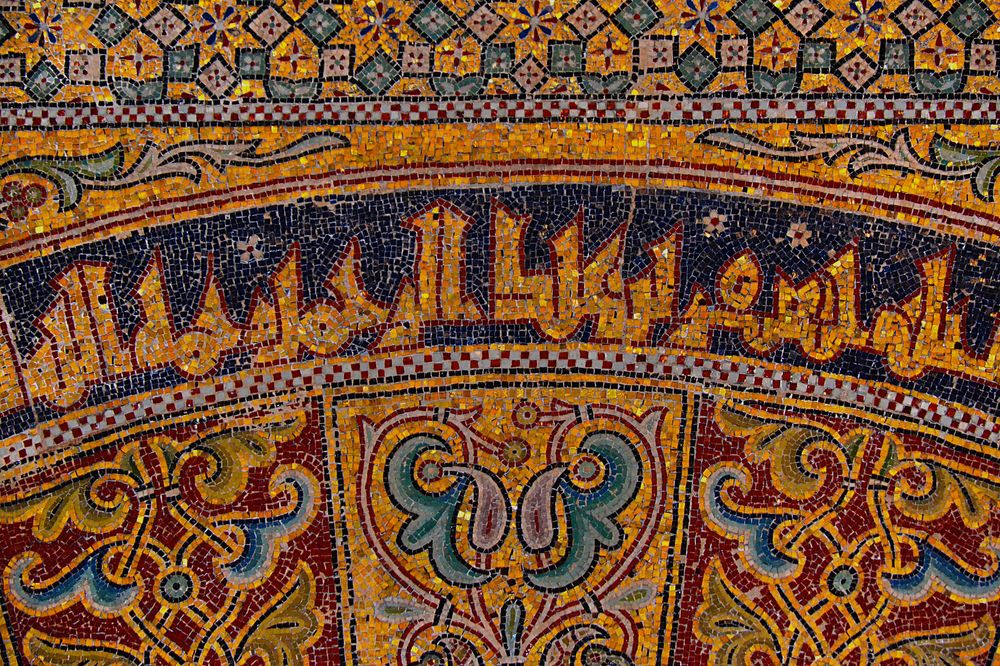Mezquita
de Córdoba
Booking of tickets and tours
Do you need help? We call you.
Customer Service Monday to Sunday from nine to 18.00 hours. We can assist you both in Spanish and English.






Enjoy visits excursions to Córdoba´s Mezquita accompanied by greats professionals.
We a have an human team skilled for give you information about every details you need for enjoy the visit, we want be with you in every moment to make unforgettable your experience. We know in-depth Alhambra and design tours to bring near the monument essence, with tours outside stereotypes and established circuits.
- History of the Mosque of Cordoba
- Parts of the Mosque of Cordoba
- The old Minaret and the Bell Tower
- The Naranjos Courtyard
- The "Forest" of Columns
- Haram
- The arches of the Mosque of Córdoba
- The quibla wall and the mihrab
- The transformation to Cathedral
- Buy tickets for the Mosque of Córdoba
- Cordoba Mosque hours
History of the Mosque of Cordoba
In 756, Abd al-Rahman I (the last living descendant of the Umayyad dynasty) founded the independent Emirate of Córdoba, proclaiming himself Emir and founding a political entity independent of the Abbasid caliphate of Baghdad. After that, he practically unified the entire peninsula under his rule and made Córdoba the most important capital in the known world.
At that time, the city of Córdoba had all the resources and infrastructures of a booming city, in addition to being in a very fertile basin on the banks of the Guadalquivir river. By the year 929, when the Caliphate of Córdoba was proclaimed, the city reached its peak with half a million inhabitants.
According to the records of the time, the construction of the Mosque of Córdoba began in the year 784. It was built on what had previously been the Basilica of San Vicente Mártir. Apparently, Abd al-Rahman I reached an agreement with the Christians of the city to share the space under a system of schedules. Until the conquest of the Christian kingdoms, the Mosque underwent different transformations and extensions until it became the second largest mosque in the world, only behind that of Mecca. In 1238, after the conquest, it was consecrated as a Christian cathedral
Parts of the Mosque of Cordoba
The Mosque originally had a smaller size than what we can appreciate today. The Mosque of Córdoba consisted of two distinct areas that can be seen today. On the one hand, the current patio of the orange trees (former caliphal or shan ablution courtyard), in which the minaret was located (currently under the Renaissance bell tower). On the other hand, the prayer room or haram (interior), which stands out for being a true “forest” of columns and colorful arches.
One of the great peculiarities of this mosque is that it faces south, while Mecca (the place where Muslims should direct their prayers) is to the southeast. This particularity has been appreciated in other mosques in Morocco.
The old Minaret and the Bell Tower
During the rule of Emir Hisham I a first minaret was built, which was demolished and rebuilt by Abd al-Rahman III. At that time, this construction, whose function was to call the Muslim population to prayer, reached 47 meters in height.
With the Christian conquest and the conversion of the mosque into a Christian cathedral, the minaret became the Bell Tower. The remains of the Muslim construction are believed to have been embedded in the Christian tower, although different drawings of the time are preserved that recreate how the imposing minaret of Abd al-Rahman III was.
The Naranjos Courtyard
The Naranjos Courtyard (the Orange Tree Courtyard) was originally what is known as the ablution courtyard, a space in which the faithful washed or washed (ablution) before entering the interior of the mosque to pray. Also, it was a place of great social importance, where the Koran was taught or trials were held. In turn, the patio or shan is a space that represents “paradise” on earth.
With the conquest this place loses its original purpose and becomes a main garden. The most representative element today, the orange trees, would be planted around the 16th century.
The "Forest" of Columns
Probably one of the issues that most attracts the attention of the Mosque of Córdoba is the so-called “forest of columns” inside. As soon as we enter the vision that is presented to us is that of a continuous succession of columns and colorful arches one behind the other. In total, this “forest of columns” is made up of 1,300 marble, granite and jasper columns on which 365 colorful horseshoe arches rest.
As a curiosity, a good part of these columns were not built specifically for the Mosque. They do not even date from the Andalusian period, as they were actually extracted from some of the points with Roman remains in Córdoba or even from buildings from the Visigoth period.
Haram
Most of the interior of the Mosque of Córdoba was and is occupied by what was the haram, the great room where the faithful gathered to pray. The haram of the mosque of Córdoba was modified between the 8th and 10th centuries, expanding continuously due to the growth of the population of Córdoba, which demanded more space to pray. Abd al-Rahman I, Abd al-Rahman II and al-Hakam carried out the main extensions of the enclosure.
After the Castilian conquest of Córdoba, a period of transformations began in the Mosque that would end the haram and its usefulness. In 1236, Ferdinand III of Castile converted the mosque into a Cathedral and consecrated it to the Virgin Mary. Although the uses changed, the architecture did not undergo a major transformation.
The arches of the Mosque of Córdoba
Without a doubt, the arches of the Mosque of Córdoba are the great icons of this monument. Both semicircular and horseshoe, these architectural elements, together with the columns, allow the Mosque of Córdoba to occupy such dimensions.
The arches of the interior are superimposed, being the horseshoe the one that is located under the semicircular. In both cases the materials used for its construction were limestone and red brick. In total, there are 365 arches that make up the Mosque of Córdoba, these being one of its symbols.
The quibla wall and the mihrab
The quibla wall is one of the most interesting elements of the Mosque of Córdoba. It is the place where the faithful look while they pray, the point that marks the orientation and where the mihrab is located, a space in the form of a semicircular niche that must be oriented towards Mecca.
One of the most interesting curiosities of the quibla is that “it is not oriented towards Mecca.” The orientation was supposedly inspired by the original plans of the city, so the architects decided to stick with the same orientation.
For its part, the mihrab is the most sacred place in the mosque, it has a heptagonal shape and is covered by an octagonal vault. The façade is adorned by a banked horseshoe arch with a spectacular decoration of mosaics with geometric shapes and plants that quote some verses from the Koran.
The transformation to Cathedral
With the Castilian conquest of Córdoba, the Mosque is no longer used for Muslim worship. Fernando III of Castile converted the site into a Cathedral and consecrated it to the Virgin Mary. At first, no transformations were made in the architecture of the monument, the great alterations took place between the 16th and 18th centuries.
The greatest transformation took place throughout the 16th century, when a large Christian nave was erected in the middle of the Mosque, forming a new Main Chapel under Renaissance parameters. For this construction to be carried out, Emperor Carlos V had to intercede with the rejection of the Córdoba municipal council, which did not accept the intention of Bishop Alonso Manrique. In this same century, in addition to various chapels, the Mannerist altarpiece of the main chapel designed by Alonso Matías would be built.
Buy tickets for the Mosque of Córdoba
To be able to visit this spectacular Cordoba jewel, you need to buy your tickets days in advance, since it is one of the most emblematic venues in the Andalusian city and a UNESCO World Heritage Site.
Do not miss this impressive unique place in the world, take a walk through the first mosque built by the first emir of Al-Andalus and travel back to centuries and centuries of history.
Cordoba Mosque hours
The Mosque-Cathedral is open every day from 10am to 6pm (7pm in the months of March to October). On Sundays and holidays, the hours are from 8:30 a.m. to 11:30 a.m. and from 3:00 p.m. to 6:00 p.m.
If you want to attend mass, the hours are from Monday to Saturday at 9:30 a.m., and on Sundays at 12 p.m. and 1:30 p.m.
We accept
Aceptamos
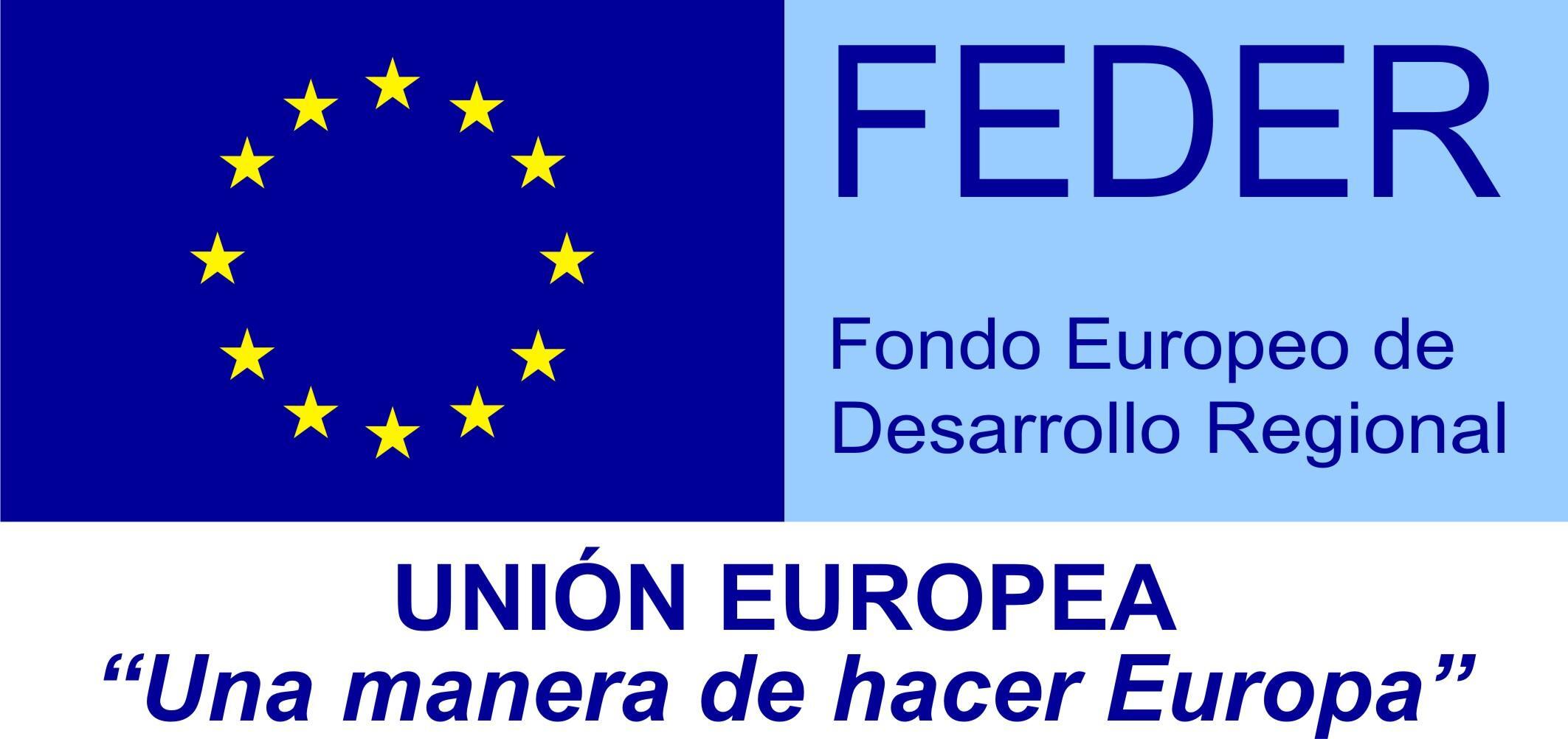
La Bibi A&B SL has been a beneficiary of the European Regional Development Fund, which aims to improve the use and quality of information and communication technologies and access to them, and thanks to which it has developed the implementation of an ELECTRONIC COMMERCE SOLUTION to improve the competitiveness and productivity of the company. This action has taken place during 2019/20. For this it has been supported by the Tourism Competitiveness Programme of the Granada Chamber of Commerce
https://www.mezquitadecordoba-entradas.org/ is owned by MNPQ Gestores Turísticos SL, a wholesale-retail travel agency with C.I.AN-187008-3, and is not linked to the Cabildo Catedral de Córdoba nor does it have any connection with said entity. We are not the official sale of the Mosque-Cathedral of Córdoba, we are a travel agency specialized in the sale of tickets, experiences and tours, as well as organizers and mediators in the latter. All our prices are packaged or broken down by services.








